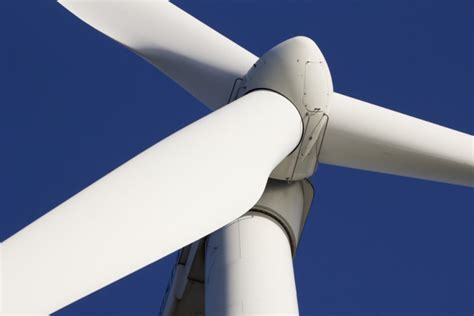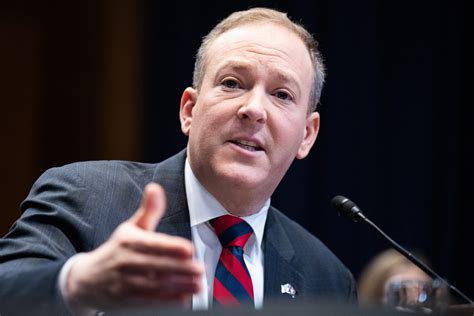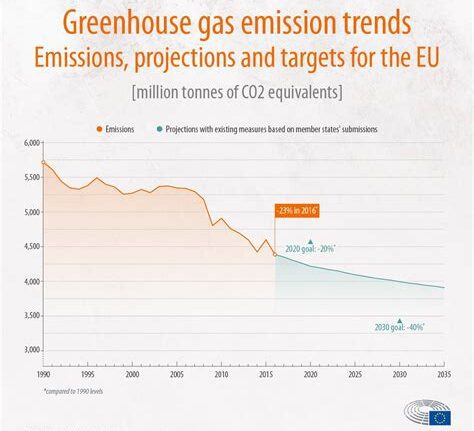The renewable energy sector is facing a new obstacle that threatens to disrupt its growth and development – President Trump’s tariffs. With the potential to increase costs and hinder progress, these tariffs are sending shockwaves through the industry.
Global Supply Chain Disruption
One of the key concerns within the renewable energy sector is the intricate global supply chain that supports the manufacturing of essential components like wind turbines. These components are sourced from various countries worldwide, highlighting the interconnected nature of renewable energy production.
The Cost Factor
Analysts predict that President Trump’s tariffs could significantly raise the expenses associated with building renewable energy projects in the United States. This added financial burden comes at a challenging time for an industry already grappling with economic uncertainties.
Endri Lico, an analyst at Wood Mackenzie, emphasized the complexity of wind turbine construction, stating that “A turbine consists of thousands of subcomponents.” This intricacy means that even a slight increase in import tariffs can have a major impact on overall project costs.
Financial Implications
In 2023 alone, it is estimated that the United States imported approximately $1.7 billion worth of wind-related components from countries such as Europe, Mexico, Vietnam, and India. A potential 25 percent tariff on these imports could lead to a 10 percent cost hike for land-based wind turbines and a 7 percent increase in overall renewable energy facility construction expenses.
These increased costs may ultimately result in higher electricity prices for consumers, posing a challenge as demand for clean energy continues to grow. The looming threat of rising expenses has caused analysts to reassess their projections for renewable energy expansion under the current political climate.
Industry Response
Despite these challenges, turbine manufacturers like Vestas Wind Systems and GE Vernova are exploring strategies to navigate the turbulent tariff environment. With factories strategically located around the world, these companies may adjust their component-sourcing practices to mitigate potential tariff impacts and maintain competitiveness.
Additionally, recent trends show a decline in imports of land-based wind equipment as domestic manufacturing gains momentum due to governmental initiatives like the Biden administration’s Inflation Reduction Act. This shift underscores efforts to bolster local production capabilities and reduce reliance on international suppliers.
The Road Ahead
The uncertainty surrounding President Trump’s trade policies has cast a shadow over the future trajectory of renewable energy growth in the United States. Previously ambitious plans for offshore wind projects along the East Coast now face skepticism as analysts predict only limited progress in this sector moving forward.
As market dynamics continue to evolve amidst regulatory changes and geopolitical shifts, stakeholders in the renewable energy industry remain vigilant about adapting to emerging challenges while striving towards sustainable solutions for cleaner power generation.
Stanley Reed provides insights into this evolving landscape from his base in London where he reports on energy issues spanning environmental concerns to developments shaping Middle Eastern markets. With decades of experience as a seasoned journalist, his perspective offers valuable context amid shifting paradigms within global industries.









Leave feedback about this